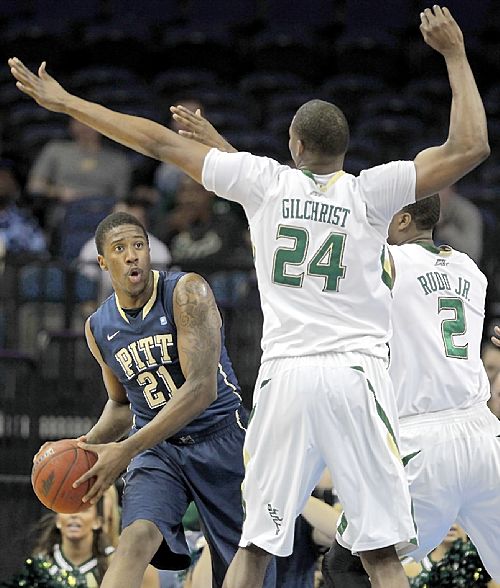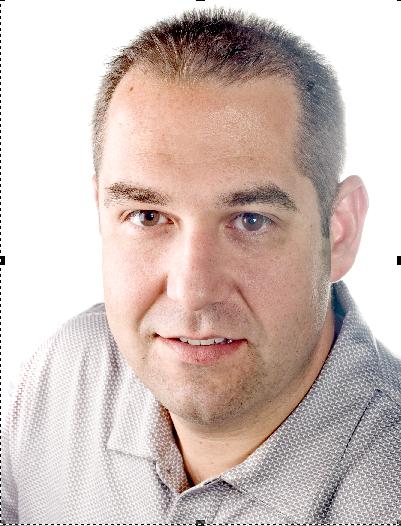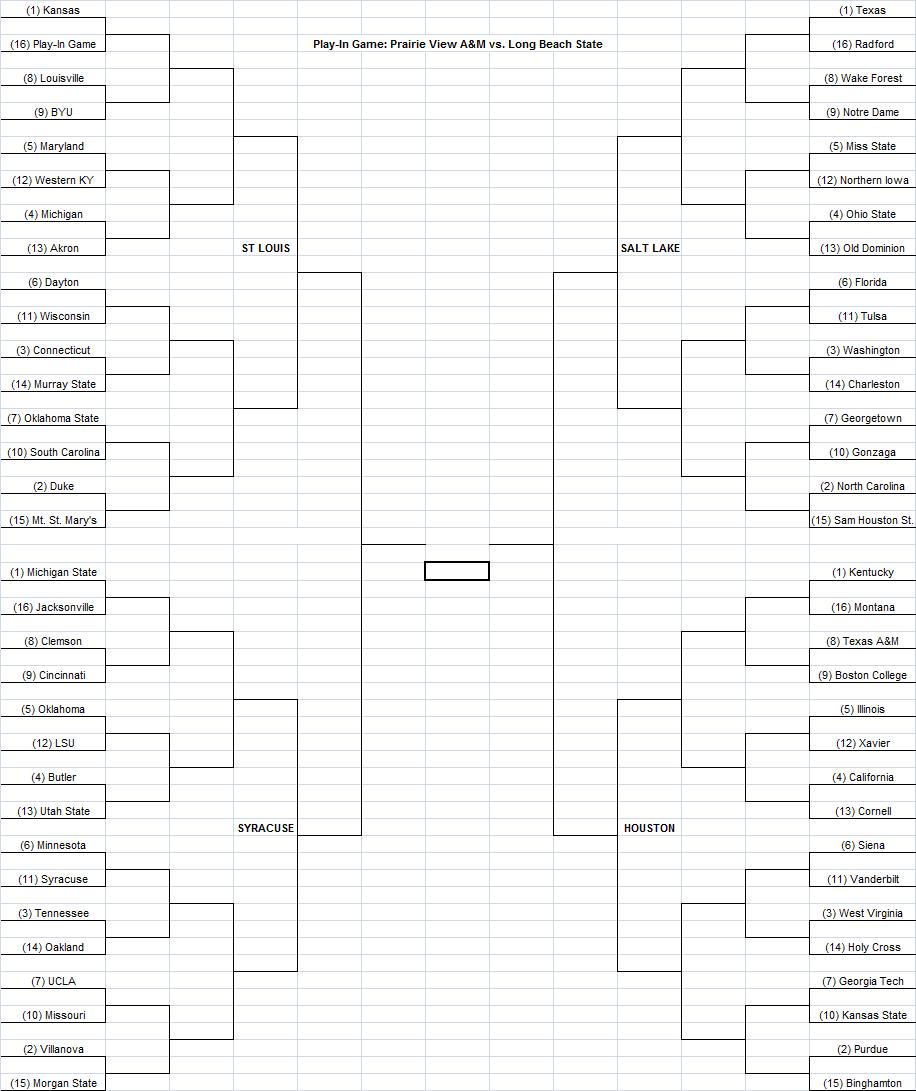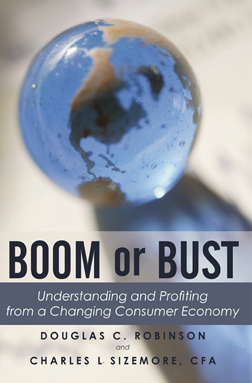
Rob Dauster of Ballin Is a Habit is the RTC correspondent for the Big East Conference.
Let me paint you a picture.
Pitt is loaded. They have the Big East player in the post, an all-conference 20 PPG scorer on the wing, and a senior leader at the point running the show. They have depth, balance, quality role players, and one of the most unappreciated coaches in the game.
That was last season.
This season its a different story.
DeJuan Blair is gone. Sam Young is gone. Levance Fields is gone.
Before the season started, the consensus seemed to be that with those three went Pitt’s hopes of an NCAA Tournament trip. Nothing the Panthers did before the start of Big East play changed that assumption. Not coming back from a 13 point second half deficit against Wofford. Not an ugly, two overtime win over Duquesne. Not the 47 points they scored against New Hampshire. Not the loss to Indiana in Madison Square Garden.
But there’s something we didn’t take into consideration.
Jamie Dixon isn’t like most coaches.
Jamie Dixon doesn’t rely on talent to win. He doesn’t need a roster full of McDonald’s all-Americans. In fact, when Dixon brought freshman Dante Taylor into the program, he was Pitt’s first McDonald’s all-american since Bobby Martin and Brian Shorter joined the Panthers in 1987.
What we ignored was the fact that Dixon develops players. He grooms the kids that are overlooked by other programs to fit his system. Like Keith Benjamin and Ronald Ramon and Tyrell Biggs and even Levance Fields and Sam Young before them, guys like Ashton Gibbs, Brad Wanamaker, and Gary McGhee bided their time last year. They played their limited minutes while practicing every day against some of the best players in the country, while learning how to defend, execute, and carry themselves like Big East champions.
Now that Jermaine Dixon and Gilbert Brown are back in the rotation, now that this Pitt team is finally complete, we are finally seeing just how good the Panthers are; just how good of a program and system that Jamie Dixon runs.
Pitt’s team is built on toughness, defense, and execution on both sides of the ball. While we pointed out in the preseason that the Panthers had flaws this year — they don’t have any sure-fire lottery picks, they don’t have a dynamic playmaker at the point, they don’t have anyone that can go out and get you 25 points on a given night — what we didn’t point out was that they have a group of kids that bought into what Dixon was selling.
Like every team in Dixon’s tenure, this year’s Panthers defend. They rebound. They get seemingly every loose ball. They run their offense until they get an open look or a lane to the rim. They hit big shots. They demonstrate the physical toughness and the mental make-up required to compete with more talented teams, and to beat them on the road.
And they have just enough natural talent to get by.
Proof?
How about a 4-0 start in the Big East.
Three of those wins came on the road — in Syracuse, in Cincinnati, and in Hartford. All three are difficult places to play, and all three were NCAA tournament caliber teams.
When playing the cream of the Big East crop, there will be few games where the Panthers will be considered the more talented team on the floor even with their run the last two weeks. But rest assured, the Panthers will come away with more than their share of wins.
If the Big East was a car show, Jamie Dixon would be me and Pitt would be my 1995 Honda Accord. While the Jags breakdown, and the Lambo’s get speeding tickets, and the Corvette’s are traded in for newer models, and the Hummers guzzle gas, my Accord keeps getting the job done. The paint may be chipped on the side, the AC may be broken, there may be four blown out speakers that are useless because I don’t have a CD player and the radio antenna was ripped off, but you better believe that Accord gets me where I need to go and gets me there on time, all on 30 miles-per-gallon.
And while Pitt may not be the most aesthetically pleasing basketball team to watch, Dixon keeps steering this team right where it wants to be.
Atop the Big East standings.
Other notes from this week
- I think it is safe to say we have the choke of the year, possibly in the country. Up 50-48 with 15 seconds left, Cinci’s Rashad Bishop took the ball out of bounds under St. John’s basket. He thought he had Deonta Vaughn open deep, but pulled a Pennington and underthrew the baseball pass. It was picked off by Dwight “Buckets” Hardy, who was fouled, making both free throws. With the game now tied and just 8.5 seconds on the clock, Lance Stephenson threw an inbounds pass away, which was stolen by Hardy who, again, knocked down two free throws. Vaughn missed a three at the buzzer that would have won it as the Bearcats snatched defeat from the jaws of victory.
- Speaking of “Buckets” Hardy, one thing I’ve noticed in watching, and attending, a lot of these games is the number of fantastic nicknames in this conference. You know about Lance “Born Ready” Stephenson, but how about Jamine “Greedy” Peterson of Providence, Stanley “Sticks” Robinson of UConn, Robert “Sticks” Mitchell of Seton Hall, or Darryl “Truck” Bryant of West Virginia. I know there are more out there, as well.
- Pitt wasn’t the only team getting to 100% as the season progressed. Villanova has now played six games with Reggie Redding, who has been exactly what we expected – 10.7 PPG, 6.0 RPG, 3.8 APG, 1.8 SPG. Take away a two points/seven turnover debacle in Monday’s yuck-fest against Louisville, and those numbers are much more impressive. Nova also got Mouph Yarou back. Yarou had been out with Hepatitis B, but came back on Jan. 6th against DePaul. While his numbers have been less than stellar as he works his way into the rotation, what has impressed about Yarou is his conditioning (Wright is on record saying Yarou is in better-than-expected shape). If Yarou can provide some strength on the glass and on defense, he could end up being a very nice complement to Antonio Pena. All of a sudden, with these two in the line-up, Villanova got a lot more physical.
- Samardo Samuels was a monster against Villanova. He finished with 21 points and seven boards, hitting every shot he took (4-4 from the floor, 13-13 from the line) and blocking four shots. The problem? Louisville was too concerned about shooting threes to consistently get Samuels the touches he deserved in the paint. The Cardinals will be at their best when they play inside-out, because if Samuels is scoring and defenses are helping down on him (which will more often than not be the case), it will get the Louisville guards better looks on the perimeter.
CO-PLAYERS OF THE WEEK: Scottie Reynolds, Villanova, and Austin Freeman, Georgetown
Georgetown was dead in the water against UConn. The Huskies had absolutely imposed their will on this game, forcing Georgetown into turnovers and poor shot selection while making it a glorified pick-up game. In other words, they were playing Husky basketball. In Jim Calhoun’s words, it was UConn’s best half of the season. But during the break, Georgetown regrouped and came out more focused on the offensive end. They started to run their offense, to work through their sets, and as a result got much better looks at the rim. It just so happened the majority of those looks came with the ball in Austin Freeman’s hands. Freeman would go on to score 28 of his career-high 33 points in the second half (his previous career high was 21). For the week, Freeman averaged 23.0 PPG as the Hoyas went 2-1.
Scottie Reynolds, on the other hand, solidified himself among the best player’s in the country with the most efficient display of clutch shooting I’ve ever seen. Villanova, down 17 points at one time in a first half that saw them turn the ball over 17 times, turned the tables on Louisville in the second 20 minutes, and Reynolds was the reason why. He scored 30 second half points, 36 on the game, while shooting just 9-10 from the floor, 13-17 from the line, and making all five attempts from three. For the week, the Wildcats went 3-0, and Reynolds averaged 24.0 PPG in the three games.
TEAM OF THE WEEK: Notre Dame Fighting Irish
Clearly, the team of the week was Pitt, but seeing as I’ve already wasted the majority of this column on the Panthers, I’m giving the Irish the nod. All-in-all, the Irish are not a bad team. They have the most productive player in the conference in Luke Harangody. They have two solid shooters/scoring options on the perimeter in Tim Abromaitis and Psycho-B Ben Hansbrough. They have a veteran point guard in Tory Jackson. They have some talent coming off the bench. But what the Irish didn’t have was a win to justify their record. They got that on Saturday, as they hit their first nine shots and opened up a 25-4 lead on West Virginia before the Mountaineers decided to start playing. While Notre Dame wasted away just about all of that cushion when WVU got hot (they hit 9-19 from deep in the second half), Harangody scored a big bucket with three minutes left to answer a Dalton Pepper three and put the Irish back up, 69-66. After getting some key stops down the stretch, the Irish can now add claim a resume win.
POWER RANKINGS
1. Villanova: 15-1, 4-0
Last Week: 1/6 vs. DePaul 99-72, 1/9 vs. Marquette 78-76, 1/11 @ Louisville 92-84
Next Week: 1/17 vs. Georgetown
2. Pittsburgh: 14-2, 4-0
Last Week: 1/13 @ UConn 67-57
Next Week: 1/16 vs. Louisville
3. Syracuse: 16-1, 3-1
Last Week: 1/6 vs. Memphis 74-57, 1/10 vs. South Florida 82-65, 1/13 @ Rutgers 81-65
Next Week: 1/16 @ West Virginia, 1/18 @ Notre Dame
4. Georgetown: 13-2, 4-1
Last Week: 1/6 @ Marquette 59-62, 1/9 vs. UConn 72-69, 1/14 vs. Seton Hall 85-73
Next Week: 1/17 @ Villanova
5. West Virginia: 13-2, 4-1
Last Week: 1/6 vs. Rutgers 86-52, 1/9 @ Notre Dame 68-70, 1/13 @ South Florida 69-50
Next Week: 1/16 vs. Syracuse
6. Connecticut: 11-5, 2-3
Last Week: 1/6 vs. Seton Hall 71-63, 1/9 @ Georgetown 69-72, 1/13 vs. Pitt 57-67
Next Week: 1/17 @ Michigan
7. Louisville: 12-5, 3-1
Last Week: 1/6 @ Providence 92-70, 1/9 vs. St. John’s 75-68, 1/11 vs. Villanova 84-92
Next Week: 1/16 @ Pitt
8. Notre Dame: 14-3, 3-1
Last Week: 1/9 vs. West Virginia 70-68
Next Week: 1/16 @ Cincinnati, 1/18 vs. Syracuse
9. Marquette: 10-6, 1-3
Last Week: 1/6 vs. Marquette 62-59, 1/9 @ Villanova 76-78
Next Week: 1/17 vs. Providence
10. Cincinnati: 11-6, 2-3
Last Week: 1/6 vs. Cal St. Bakersfield 87-58, 1/9 @ Seton Hall 76-83, 1/13 @ St. John’s 50-52
Next Week: 1/16 vs. Notre Dame
11. Providence: 11-6, 3-2
Last Week: 1/6 vs. Louisville 70-92, 1/9 vs. Rutgers 94-81, 1/14 @ DePaul 79-62
Next Week: 1/17 @ Marquette
12. St. John’s: 11-5, 1-3
Last Week: 1/9 @ Louisville 68-75, 1/13 vs. Cincinnati 52-50
Next Week: 1/17 vs. DePaul
13. Seton Hall: 10-6, 1-4
Last Week: 1/6 @ UConn 63-71, 1/9 vs. Cincinnati 83-76, 1/14 @ Georgetown 73-85
Next Week: N/A
14. South Florida: 10-6, 0-4
Last Week: 1/10 @ Syracuse 65-82, 1/13 vs. West Virginia 50-69
Next Week: 1/16 vs. Rutgers
15. Rutgers: 9-7, 0-4
Last Week: 1/6 @ West Virginia 52-86, 1/9 @ Providence 81-94, 1/13 vs. Syracuse 65-81
Next Week: 1/16 @ South Florida
16. DePaul: 7-9, 0-4
Last Week: 1/6 @ Villanova 72-99, 1/14 vs. Providence 62-79
Next Week: 1/17 @ St. John’s



















































